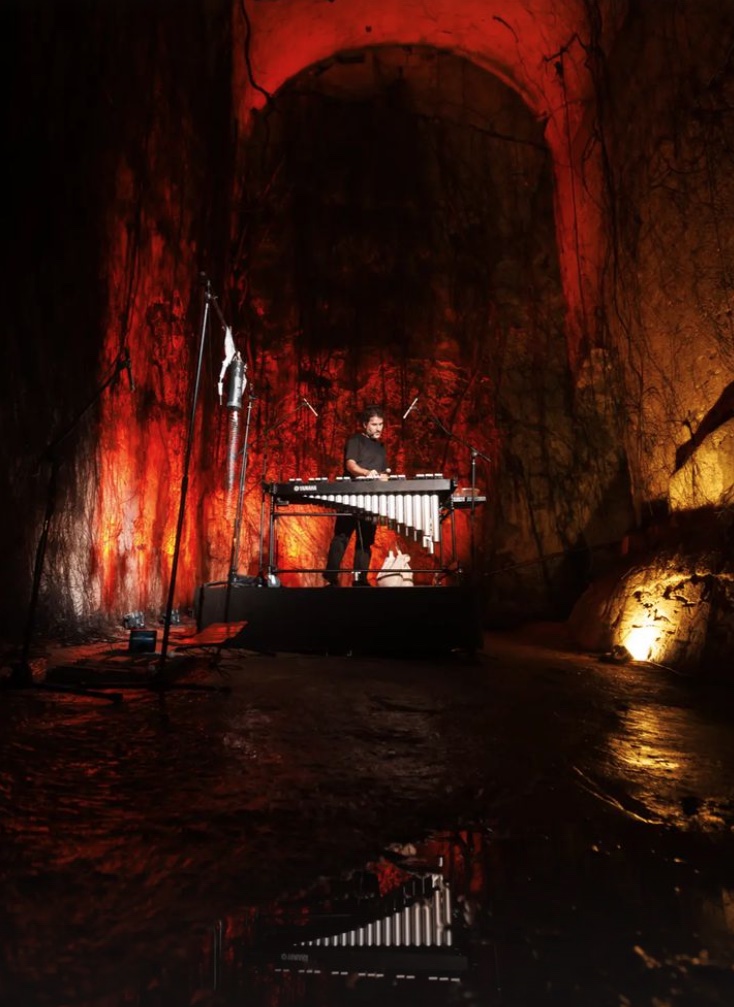This is an archive version of my newsletter. If you’d like to receive this kind of email as well, you can sign up here.
Good morning my darlings,
I’m writing you to tell you all about my adventures in Cordoba and Valletta.
Let me kick off with my expedition to La Mezquita, the magnificent mosque-cathedral of Cordoba
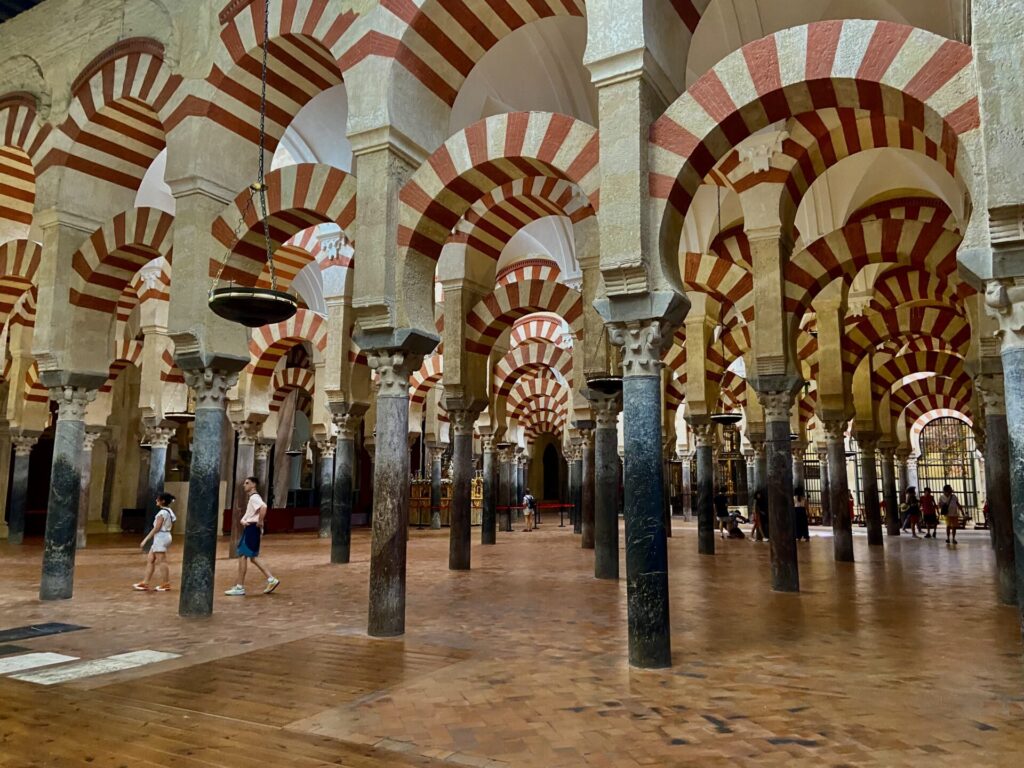
I wrote an expedition report on these buildings on my blog, you can read it here. All I can say is that the architecture was both hypnotic, dark, and mysterious as well overwhelming, dramatic, and sublime. If you are surprised as to how these two descriptions can be matched in one structure, then I recommend reading my article.
It’s truly remarkable.
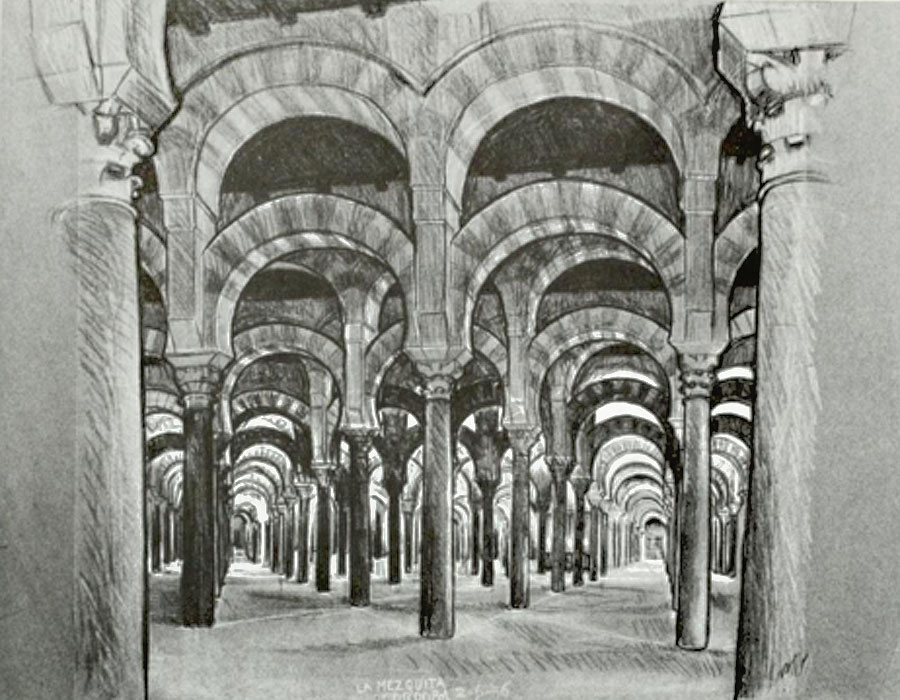
M.C. Escher’s sketch of La Mezquita, Cordoba
Islamic Pattern algorithm
After I arrived back in Malta from my expedition in Spain, I started working on a procedural algorithm that creates these wonderful islamic tiles as output.


Check out more iterations on Jaer’s Laboratory instagram page.
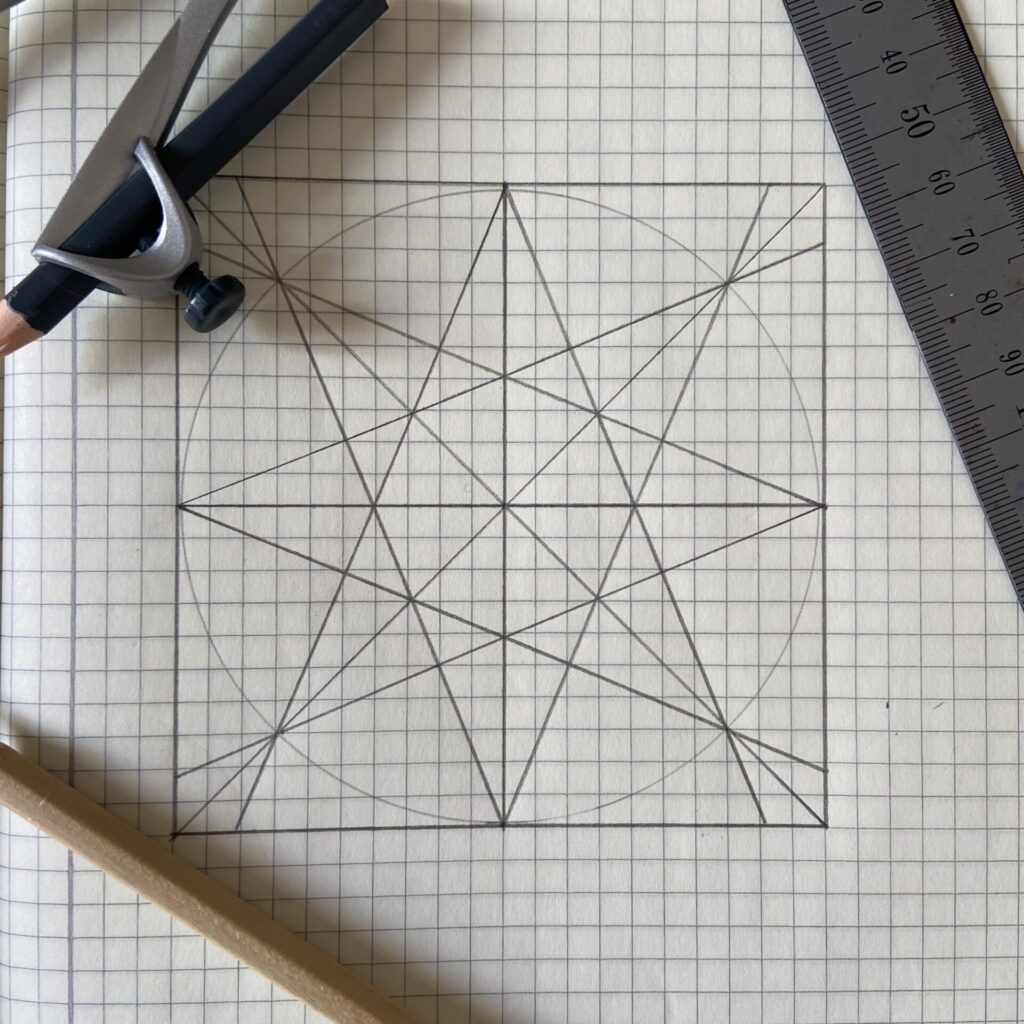

Here you can see some first baby steps of this experiment. I’m using the book Islamic Geometric Patterns by Eric Broug as guide for this experiment. It’s very fun and interesting to draw the tile by hand. It provides a lot of insight into the mechanics of the shapes.
Gogol Bordello and the professor
On the Tuesday, Becky and I went to see Gogol Bordello live with our friends R. and S. It’s quite rare that popular international bands come to Malta for a show, so it was very exciting to get tickets for this occasion.
It was an awesome night full of:
- gypsy punk
- sweaty mosh pits
- dancing
- beers
Very cool.
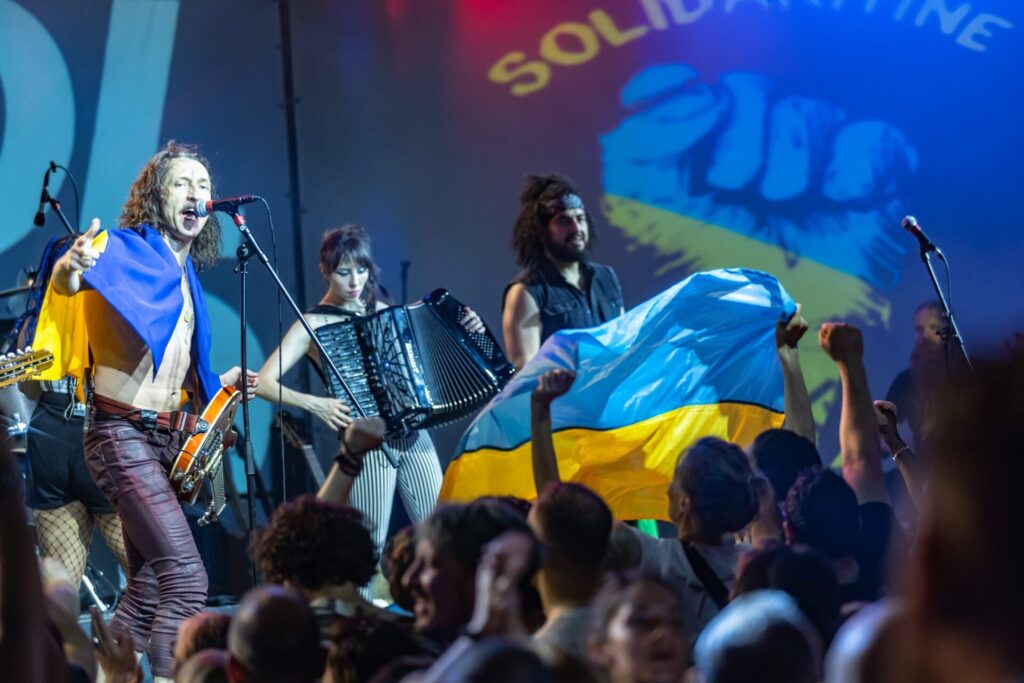
At the gig I ran into a professor of Malta University who made a remark about my Esscher t-shirt and with whom I shared a great conversation about geometry, tessellations, Penrose tiles and other rarities. Hopefully more on that meeting later… 🙂
Mysterious underground water-concert
On Saturday, Becky had arranged a surprise date for us in Valletta. She lead us into a secret network of tunnels underneath the city. In the largest room, an old 15th century water reservoir, the Portuguese artist Luis Bittencourt had set up his instruments.
Next to his massive marimba (?), he had a collection of DIY instruments that utilised water in many different forms. Dripping, splashing, pouring. All on different surfaces with different sonic properties. Truly fascinating.
A wonderful, sonic experience.
